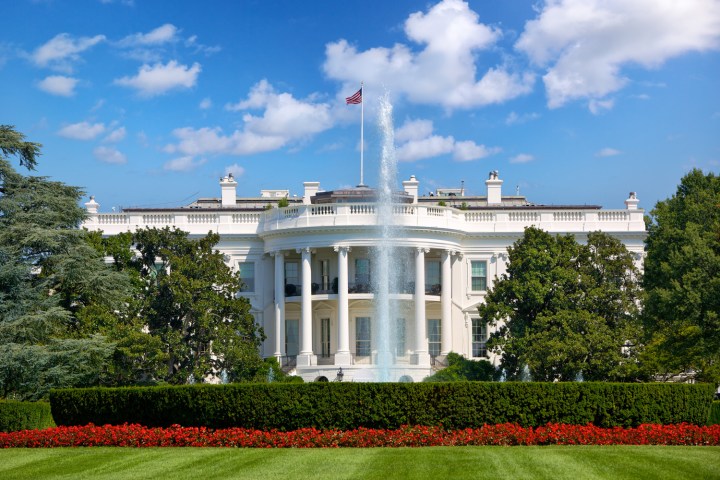
“We have built a system that is too large, and too unfair, and too costly – in every sense of the word – and we need to start to change it,” heralded the White House Office of Science and Technology Policy’s Lynn Overmann on Tuesday in Washington, DC.
Overmann was speaking at the Computing Community Consortium workshop, Artificial Intelligence for Social Good, which was the second of four public workshops co-hosted by a new White House initiative to explore challenges and opportunities surrounding the emerging technology. And Overmann wasn’t simply raising an issue; she was calling for help.
During her years working for the Justice Department, Overmann saw how partial and unfair the justice system can be. She referenced these experiences during her speech to point out how African Americans are more likely than White Americans to be arrested, convicted, and charged with longer sentences for similar crimes, reports Government Technology.
Overmann called for technologists to help better the system and reduce incarceration rates by applying digital tools and analytics to the troves of available data collected today. For example, when police were required to wear body cameras in Oakland, CA, police use-of-force incidents and citizens’ complaints declined, as over eight terabytes of data was collected each month.
“Think of all the things you could learn when you have hundred of thousands, if not millions, of hours of police data on body-worn cameras. We would actually be able to know what policing looks like on the street, we would be able to identify not just the officers who are having problems, but also those officers who seem to magically de-escalate any situation they encounter,” she said.
If you’ve missed the White House’s past two AI workshops discussing governance and social good, there’s still a chance to catch the rest. Carnegie Mellon University will co-host an event on June 28, in Pittsburg to discuss AI when applied to safety and control. New York University’s Information Law Institute willco-host a workshop on short-term social and economic implications of the technology on July 7. Both events will be livestreamed for those who can’t attend in person.


